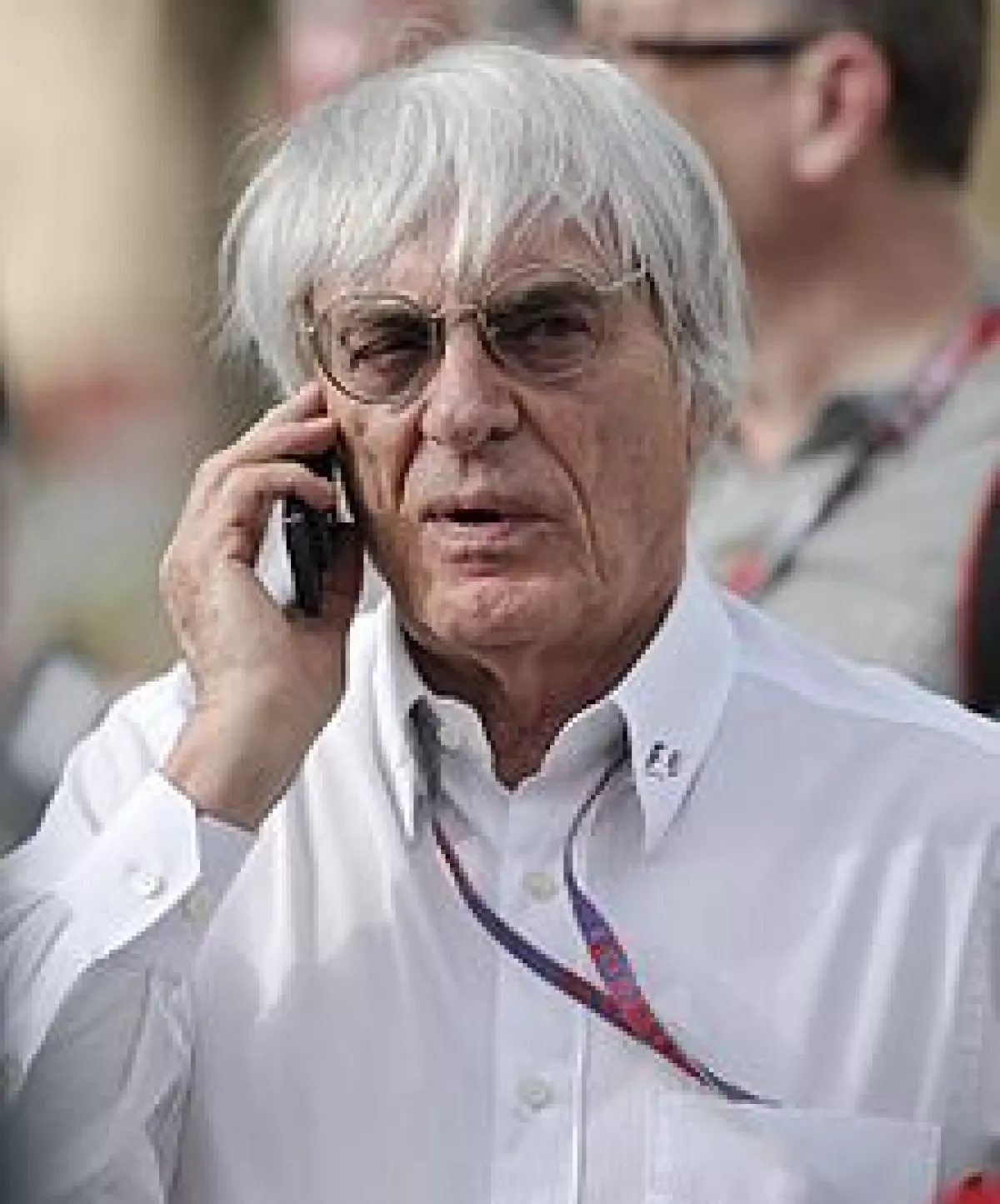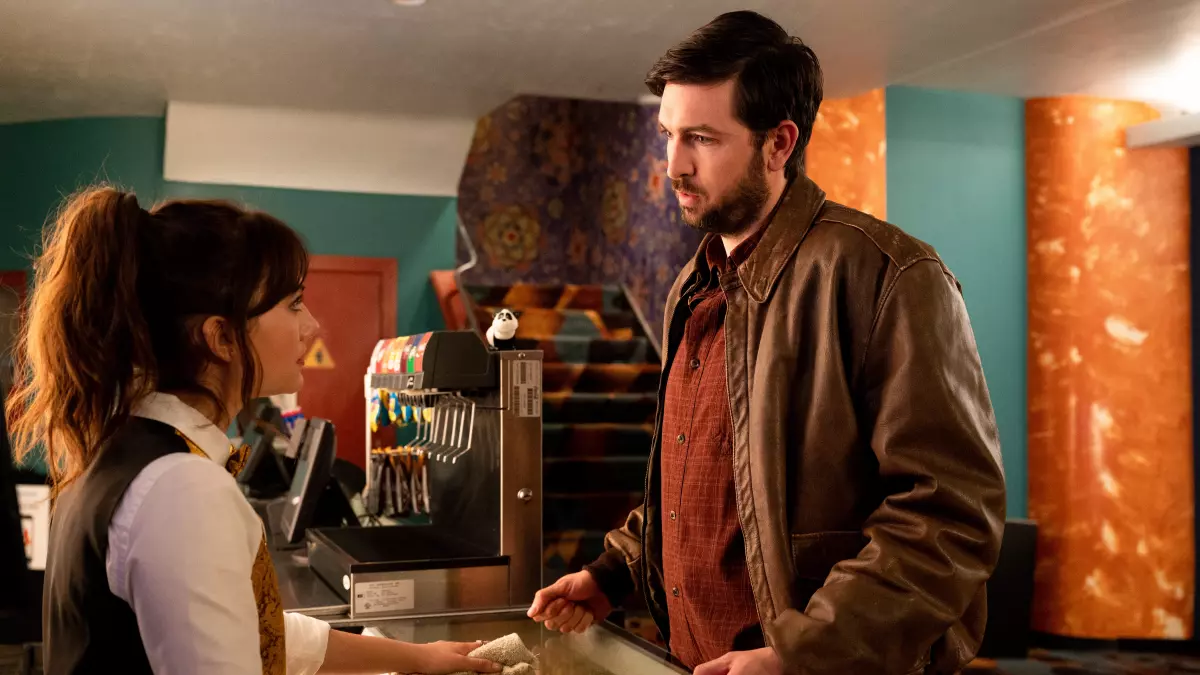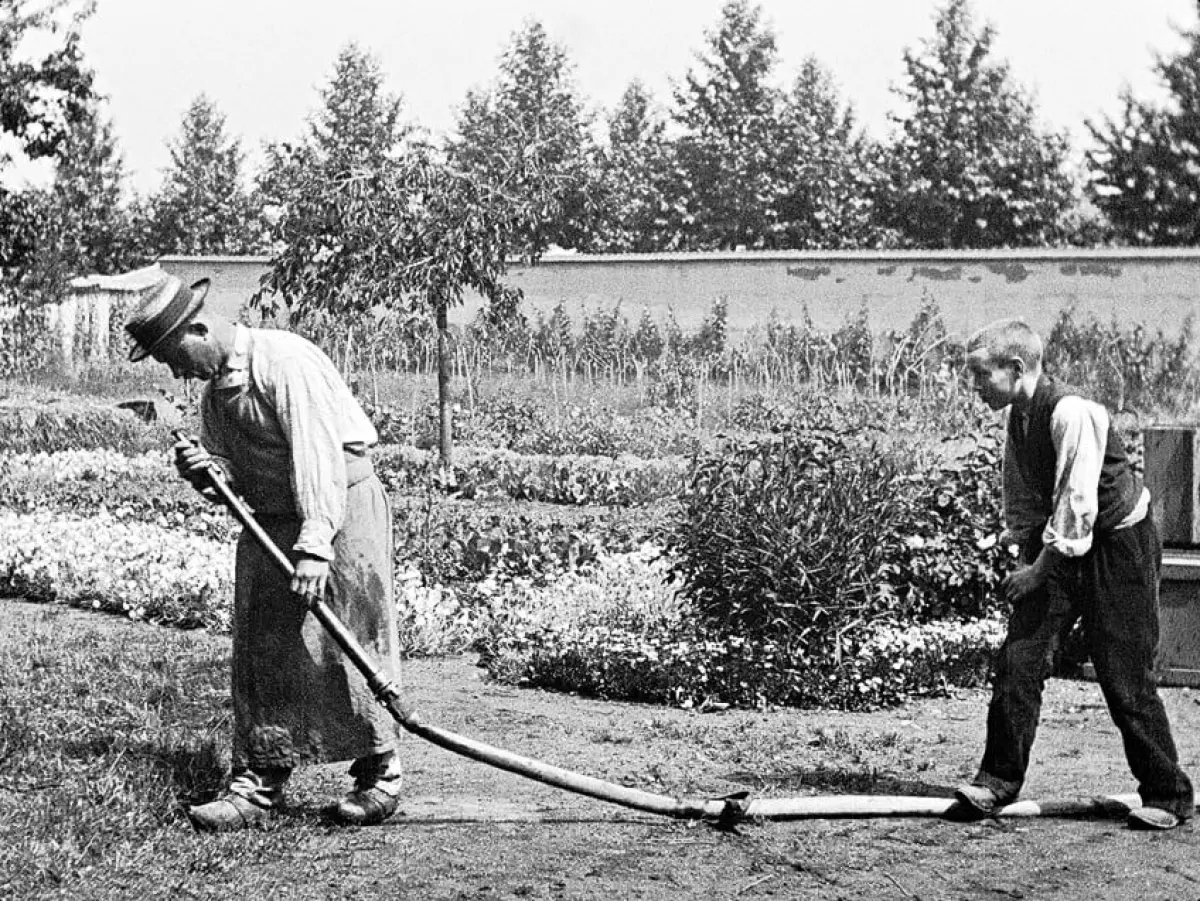Cheerleading has come a long way from its humble beginnings as a means of encouragement for sports teams. Today, it has evolved into a highly competitive activity that showcases athleticism, skill, and teamwork. In this article, we will explore the history and growth of cheerleading, its impact on popular culture, notable cheerleaders, and its status as a sport in different countries.
The Origin of Cheerleading
Cheerleading originated as an all-male activity in the United States during the late 18th century. It was a form of rebellion by college students who experienced harsh treatment from their teachers. In response, these students resorted to rioting, burning down buildings on campus, and assaulting faculty members. To gain independence in a subtler way, they organized extracurricular activities outside their professors' control, which eventually led to the birth of American sports, starting with collegiate teams.
Cheerleading as we know it today began in the 1860s when students from Great Britain began cheering and chanting in unison for their favorite athletes at sporting events. This gesture of support crossed overseas to America and became popularized during the first intercollegiate football game between Princeton University and Rutgers University in 1869.
The Rise of Organized Cheerleading
Organized cheerleading began as an all-male activity in the late 19th century. Princeton University had a cheer called the "Princeton Cheer" that was yelled from the stands by students attending games. It was later transplanted to the University of Minnesota by Thomas Peebles, a Princeton graduate. He introduced the idea of organized crowds cheering at football games, and in 1898, Johnny Campbell became the very first cheerleader, marking the official birth of organized cheerleading.
During the early 20th century, cheerleading started to include female participation. The University of Minnesota allowed women to participate in cheerleading in 1923, but it took time for other schools to follow suit. In the late 1920s, many school manuals and newspapers still referred to cheerleaders as "chap," "fellow," and "man." However, as more and more male athletes were drafted for World War II, women began to take over cheerleading for the first time.
The Growth of Cheerleading as a Sport
Cheerleading's transition from a sideline activity to a competitive sport began in the 1980s. This era saw the introduction of difficult stunt sequences and gymnastics into routines. All-star teams, not affiliated with a specific school, emerged, leading to the creation of the U.S. All Star Federation (USASF).
Competitions and championships became a prominent aspect of cheerleading. The National Cheerleading Association (NCA) and the Universal Cheerleaders Association (UCA) organized national events, such as the NCA High School Cheerleading Nationals and the NCA All-Star Cheerleading Nationals. The first Cheerleading Worlds Championships, hosted by the USASF and ESPN, were held in 2004 at the Walt Disney World Resort.
Cheerleading in the United States is not officially recognized as a sport by the NCAA, NAIA, or NJCAA, which limits scholarship opportunities for cheerleaders at the collegiate level. However, the American Medical Association recognizes cheerleading as a sport due to its physical demands and high risk of injuries.
Cheerleading Around the World
Cheerleading has gained popularity around the world. In Canada, it is regulated by the Canadian Federation of Cheerleaders and Cheerleading Groups (Cheer Canada). The Canadian national team has achieved success at the ICU World Championships, winning medals in various divisions.
Mexico has also embraced cheerleading, with more than 500 teams and nearly 10,000 athletes participating in the sport. The Mexican national team has also achieved international success at the ICU World Championships.
Countries such as the United Kingdom and Australia have their own cheerleading associations and competitions, with cheerleading growing in popularity among the youth and in co-curricular programs.
Notable Former Cheerleaders
Throughout history, many well-known individuals have participated in cheerleading. Notable former cheerleaders include actress Sandra Bullock, singer Madonna, and former First Lady of the United States Michelle Obama. Cheerleading squads such as the Dallas Cowboys Cheerleaders and the USC Song Girls have also gained recognition for their performances.
In conclusion, cheerleading has undergone a remarkable transformation, evolving from a means of encouragement to a highly competitive sport. Its growth and impact on popular culture have made it a recognized activity worldwide. Whether it's cheering on the sidelines or competing on a global stage, cheerleading continues to showcase athleticism, teamwork, and spirit.
















